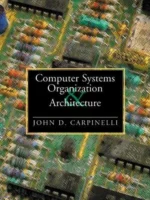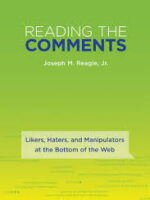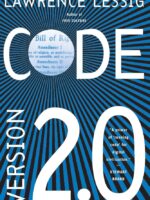The Dark Net: Inside the Digital Underworld Review
The Dark Net by Jamie Bartlett is reportage on the internet’s fringe subcultures: anonymity networks, black markets, extremist forums, and transgressive communities. It avoids caricature, showing both harm and the values—privacy, free speech—that draw people there.
Overview
Chapters cover Tor and anonymity, online drug markets, radicalization spaces, cybercrime economies, and counter-cultures around identity and expression. Interviews and field visits supply texture.
Summary
Bartlett maps infrastructures (encryption, marketplaces, escrow) and social dynamics (trust without identity, reputation systems). He shows how the same tools that shield dissidents also protect criminals, leaving policy and design dilemmas.
Authors
Jamie Bartlett writes as a journalist with a balanced, on-the-ground voice.
Key Themes
Dual-use technologies; reputation as currency under anonymity; governance without states; moral complexity of privacy.
Strengths and Weaknesses
Strengths: vivid reporting, even-handed treatment, clear explanations. Weaknesses: snapshots age quickly; technical depth is moderate.
Target Audience
Policy folks, security practitioners, product teams thinking about trust/safety, and readers curious about online subcultures.
Favorite Ideas
Market mechanisms replacing identity; the fragility of trust under anonymity; dual-use tension at the protocol level.
Takeaways
Privacy tools are morally ambidextrous. Build and regulate with dual-use in mind: protect rights while designing for harm reduction and accountability.









